Luray Caverns Facts
- This spectacular, though lesser-known, marvel of geology most frequently goes by the deceptively simple name of the Luray Caverns. It did possess a slightly different name in the past, though. This magnificent site originially bore the name of Luray Cave.
- Not surprisingly, local Native American populations long knew of the existence of this fabulous formation. There’s no evidence of regular use or visitation by them, though. Exactly how long ago they discovered it also continues to remain unknown.
- In modern times, however, the first known sighting of the caverns by non-native settlers occurred on August 13, 1878. At that time, five locals stumbled upon the natural wonder. Their attention had been drawn by an air current from a small sinkhole.
- Legal disputes over ownership of the property on which the system lies quickly came into play, however. That occured because the men who discovered the site did not disclose it to the then owners, because the land was due to be sold at auction.
- Following this realization, legal battles began. The courts eventually nullified the first purchase of the land. Later, the overall tract of land changed hands several times in the next few years. Eventually, the Luracy Caverns Company purchased the site in 1893.
- Its stunning visual scenery understandly quickly drew massive attention to what later became known as Luray Caverns. The government officially listed the location as a National Natural Landmark in 1974. As of 2018, about 500,000 people visit it per year.
Related Articles

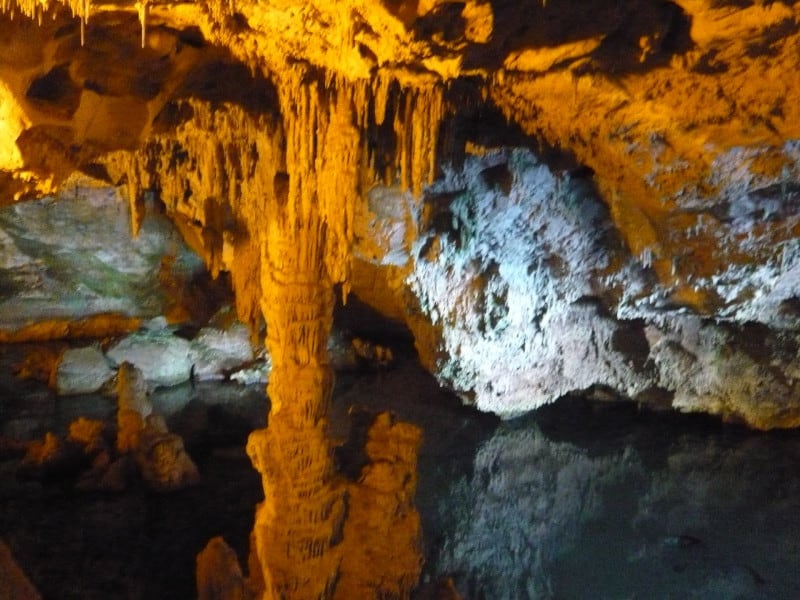
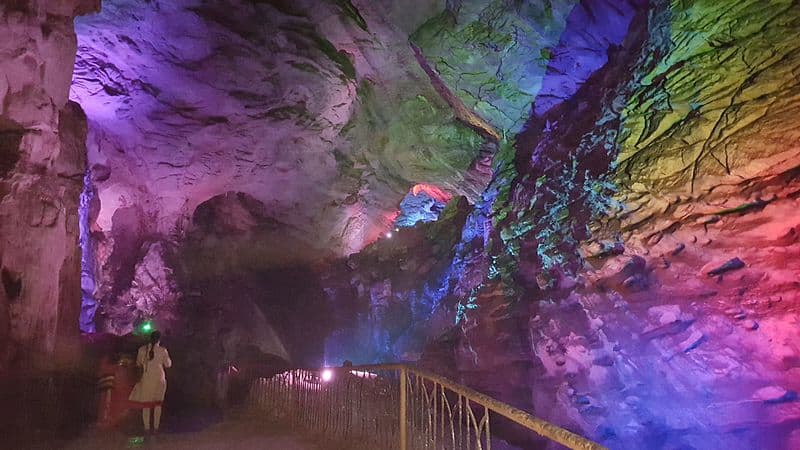
Luray Caverns Physical Description
Luray Caverns represents a series of interconnected caverns. Each impresses the fortunate visitor with its abundance of wonders. Though it’s certainly not the most extensive such system known, it packs a real punch. Its physical description nevertheless bears mentioning.
The entrance from the surface begins as a path that angles downward. This quickly opens into the interconnected series of chambers of various dimensions. The smallest of these has a ceiling of about 30 ft (9 m). The highest, though, reaches an impressive 143 ft (90 m).
It’s not just about the pure size of the location, though. It’s also about the splendor to be observed there. This site boasts an extraordinary array of natural formations. For starters, it possesses a wide array of features such as stalactites, stalagmites, and mud flows.
This splendor’s also augmented by the presence of two bodies of water. These features bear the literary names of Dream Lake and the Silver Sea. The former remains the largest body of water present. Despite a naturally created illusion, it’s only around 20 in (50 cm) deep.
The most astonishing feature of the Luray Caverns, however, remains one named the Luray Singing Tower. That’s a remarkable assemblage of stalactites formed in close proximity. A total of 47 of them, in fact. This collection measures an incredible 117 ft (36 m) in height.
Colors of the various formations vary, of course. Surprisingly for many, though, white predominates. Incredibly, this memorable site packs all these wonders into a comparatively short length. That’s because the entirety of the structure only extends for 1.5 mi (2.4 km).
Luray Caverns Location, Formation, and Illusions
The Luray Caverns formed in a region of the world already well known for its abundance of natural beauty. That’s due to the fact that this natural wonder formed in what now constitutes the continent of North America. Even here, it stands out from similar features.
Within this larger area, it lies within the confines of the United States. There, it further sits on the eastern side of the continent. Natural processes additionally created it in the region now called the state of Virginia. It’s situated close to the far northern border of the state.
The precise date of formation for this marvelous site also presently remains undetermined. The closest geologists can come is that its origins lie sometime during the Tertiary Period. That, though, places its beginnings anywhere between 66 and 2.6 million years ago.
The exact process that began its formation also remains definitively undetermined. The most likely cause, however, continues to be simple erosion of the surrounding rock strata by the actions of water. That’s composed primarily of a relatively soft stone known as dolomite.
Luray Caverns also boast two separate illusions within its walls. At Dream Lake, its water remains so still that stalactites hung from the ceiling are reflected in the water. This creates the illusion that they’re actually stalagmites. But the water’s only about 20 in (50 cm) deep.
A small greenish pond within the caverns creates the opposite illusion. Named the Wishing Well, this gives the appearance of being roughl 3 – 4 ft (0.91 – 1.22 m) in depth. Despite this, the small body of water actually measures 6 – 7 ft (1.8 – 2.1 m) in average depth.
Features Sharing Its Region
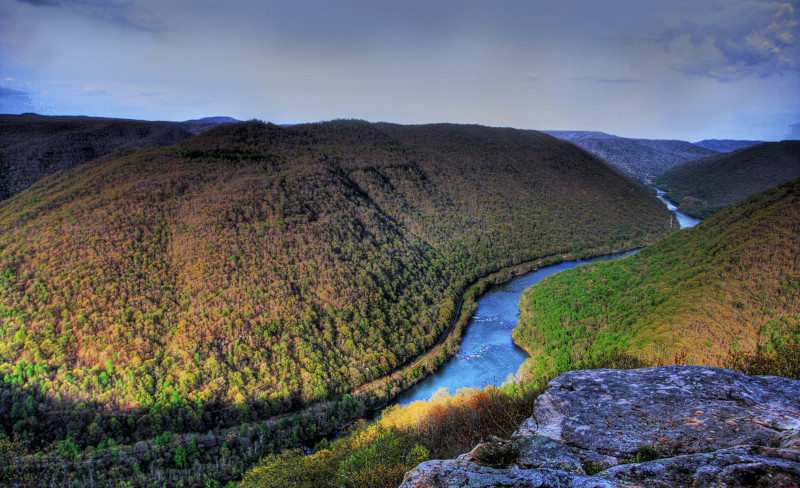


Check out our other articles on 4 Fabulous Flora of Florida, Caspian Seal, Villarica, Wilson’s Bird-of-paradise, Moon Orchid, Lau Banded Iguana, Peacock Butterfly, Weedy Seadragon
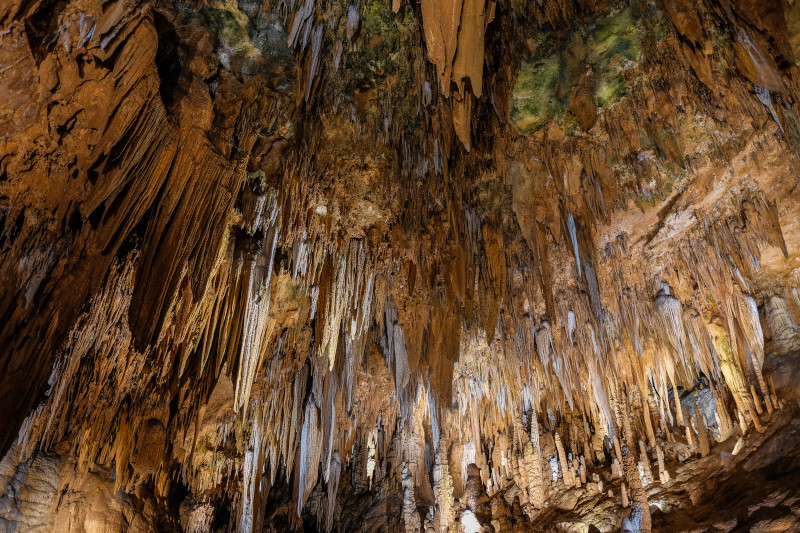
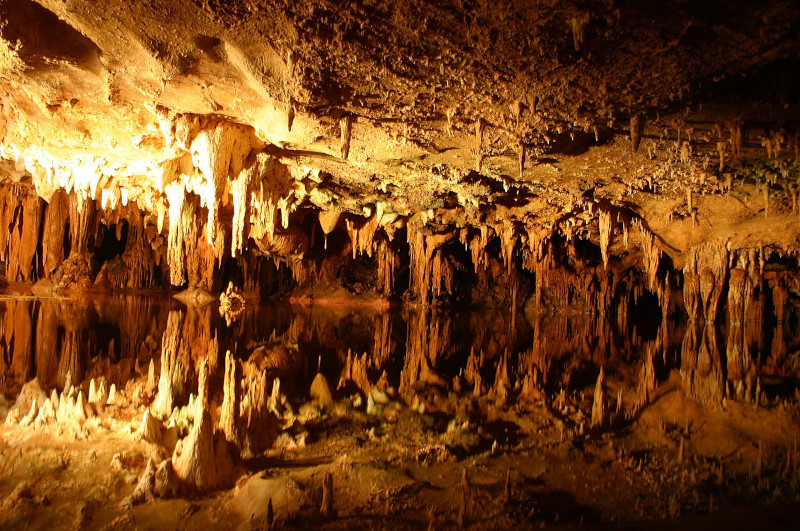
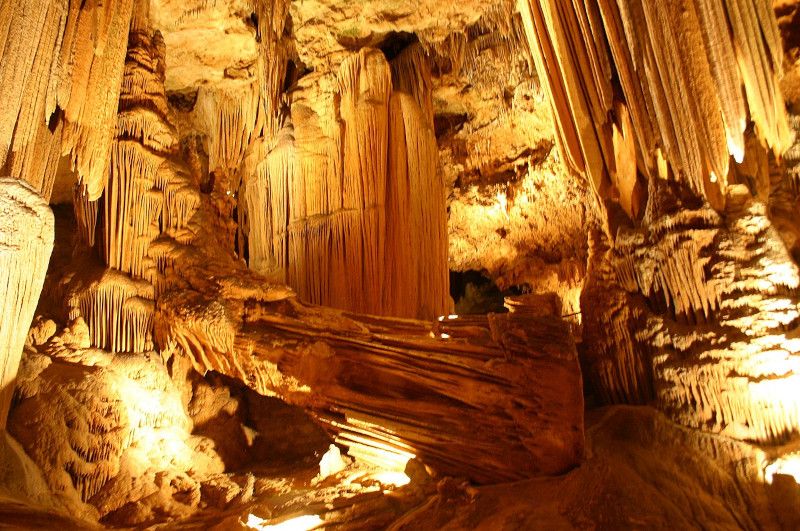









Leave a Reply